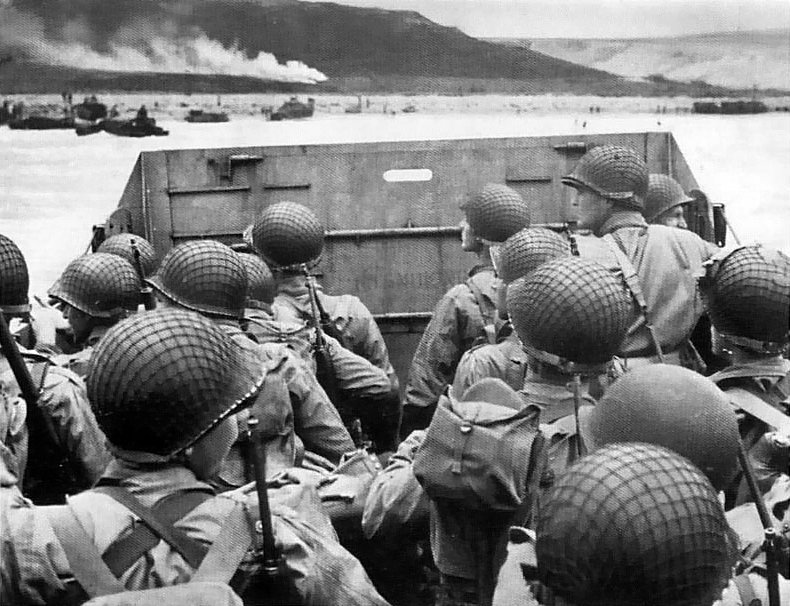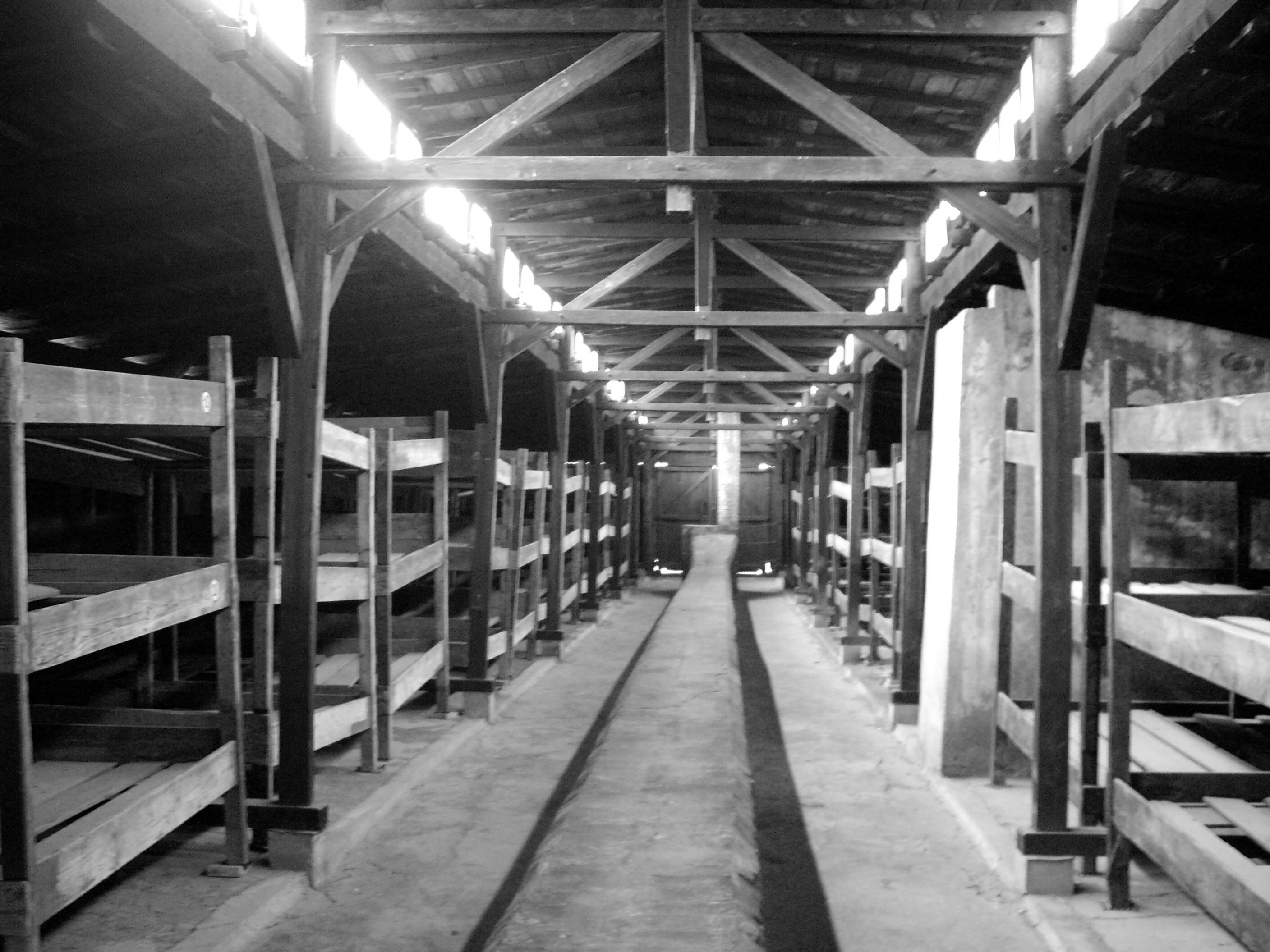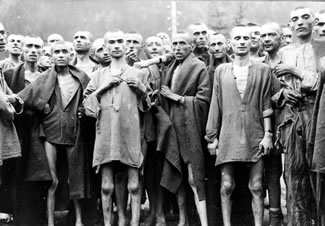martes, 25 de febrero de 2014
Carteles comunistas
COMMUNIST RUSSIAN CARTELS. STALIN
Political Cartelismo is the slope of the cartelismo that focuses on the political propaganda. The political cartel is a graphical and visual effective instrument for the transmission of the ideologies. There has been defined as " a shout in the wall " that catches the attention and forces to perceive a message. During all the 20th century it has been in use as tool of political propaganda of any political, democratic or authoritarian regime; but especially his use stood out in both world wars and during the period between the wars, when the totalitarismos Soviet, fascist and Nazi used it with profusion and efficiency
Arquitectura del siglo XX: La Villa Saboya.
ARCHITECTURE OF THE 20TH CENTURY: THE VILLA SAVOY
The building is held by columns, piles, that he is in the ground floor. In the top floor it predominates over the horizontal walls, of white color, which are crossed from end to end by a few vain cutlery by windows, which allow to spend the light to the interior space. On the plant-housing we find a curved space, of white color. The house is covered by a flat roof, adintelada. The line is opposed in a clear way challenges and the line curls.
The Villa Savoy, part of the Mediterranean architecture, where the geometry and the calculation of proportions are very well studied. It is played by the straight line and the line curls, there are changed the materials, his paces, his proportions, his dimensions, looking for an agreement with the frame. The modern world is associated with the needs of the man in every moment.
domingo, 23 de febrero de 2014
Batalla de Normandía (Día D)
BATALLA DE NORMANDÍA (DÍA D)
La batalla de Normandía en 1944, denominada en clave Operación Overlord, fue la invasión de Europa llevada a cabo por los Aliados en el noroeste de Francia, entonces ocupada por la Alemania nazi. El desembarco, denominado en clave Operación Neptuno como parte de la Operación Overlord, fue ejecutado por las fuerzas aliadas en la II Guerra Mundial. El esfuerzo aliado se concentró en desembarcar en Europa un ejército que, después de liberar Francia, llegara hasta el mismo corazón del Tercer Reich. Los preparativos de la operación Overlord se iniciaron en Gran Bretaña.
La contraseña para su puesta en marcha era "Mickey Mouse". Pero antes de las balas la batalla comienza en los servicios de espionaje. Para minimizar las bajas aliadas, se realizaron un sinfín de ingeniosos movimientos, tales como crear un ejército fantasma (con tanques hinchables, cajas vacías etc.), bombardeos sobre toda la costa norte francesa y hasta conversaciones de radio falsas. La estrategia aliada era hacer creer a los altos mandos alemanes que el desembarco tendría lugar en la zona de Calais, donde se comenzaron a hacer bombardeos mucho mas intensos que en el resto de la costa francesa. Por otro lado, también se bombardearon los diferentes aeródromos con el fin de asegurar el espacio aéreo francés y poder prestar un buen apoyo a las fuerzas terrestres.
Ya estaba todo listo para uno de los días claves de la Segunda Guerra Mundial, las fuerzas alemanas despistadas, y el espacio aéreo y marítimo casi totalmente controlado. El día 5 de Junio era el Dia D, la fecha prevista para el comiendo el desembarco de Normandía, algo que finalmente se retrasó un día por las condiciones meteorológicas adversas. Los primeros en entrar en acción fueron los paracaidistas aliados, cuya misión era situarse en la retaguardia de los defensores de primera línea con el fin de minimizar las bajas en la playa y evitar la entrada de refuerzos germanos en la zona.
En total un ejército que contaba con unos 3.500.000 hombres. Europa estaba lista para ser liberada. A este nuevo frente se le unía a Alemania la presión soviética por el este y la presión aliada por el Sur que avanzaba por Italia. La Segunda Guerra Mundial estaba lista para ganarse.
Lo mas difícil estaba hecho. Ahora solo había que avanzar hacia París, un avance que no se complicó demasiado en comparación con lo que supondría el avance hacia Berlín, como nota curiosa, decir que en la liberación de Paris participaron republicanos españoles exiliados en Francia tras la guerra civil, de hecho los primeros hombres que liberaron París fueron soldados españoles. Durante el Desembarco de Normandía también participó la "Spanish Company Number One" una compañía compuesta por exiliados republicanos encuadrada en el ejército británico.
The battle of Normandy in 1944, named in key Operation Overlord, was Europa's invasion carried out by the Allies in the northwest of France, then occupied by the Germany Nazi. The disembarkation named in key Operation Neptune as part of the Operation Overlord, was executed by the forces allied in the World War II. The allied effort centered in an army landed in Europe that, after liberating France, it was coming up to the same heart of the Third Reich. The preparations of the operation Overlord began in Great Britain.
D-day is a term used generically by the military men to indicate the day in which it is necessary to to initiate an assault or an operation of combat. Historically, the term is in use D-day for recounting on June 6, 1944 in the second world war, day in which there began to be executed the Operation called Overlord. The above mentioned operation was consisting of carrying out a great disembarkation in the beaches of Normandy as strategy to re-join to the combat Europa Occidental making diminish the German domain.
Información: Batalla de Normandía
Fotos: Fotos de la Batalla de Normandía
Ficha de arte: Neoimpresionismo: Mujeres de Tahití en la playa.
NEO-IMPRESSIONISM
---------> Women of Tahiti in the beach
This fabric was realized in the year 1891, when Gauguin had just come to Tahiti proceeding from Paris, where it auctioned his collection of paintings to be able to support the trip. This fabric represents two tahitianas sittings in the beach, one of them with the traditional clothes of the island and other one with the garment of the missionary ones. On the following year of his accomplishment, Gauguin executed the second version in the one that replaced the uniform of missionary by a pareo. The forced prespectiva, which deforms the figures, and the monumentalidad of the human body, protagonist of Gauguin's work, they are typical in his work. The alive and flat color arranged in big surfaces, is framed by a black silhouette in arabesque, which awards pace to the composition.
Ficha de arte: Postimpresionismo
POSTIMPRESIONISM
---->Terrace of coffee in the night:
The picture represents the environment in a terrace of a coffee one night of 1888, coffee that at the time was called A Coffee Terrace, later it was re-baptized as Coffee Gogh Goes, and he is placed in the square of the Forum, in Arles (France). To part of the characteristic outlines of They Go Gogh, the most prominent of the picture is the treatment of the perspective based on reducing the lighting from the principal area of light, which is the terrace, towards the buildings most removed from the street, which work out dark; the contrast of cold colors (the blue - gris-marino of the cobbles, the sky, the houses, etc.) and warm colors centred on the terrace, another place of the corner of faces, and slighter in windows and you star (orange - amarillo-lima), and over all of them, though very finely, the white.
This one was the first picture in which Gogh Goes decided to do the night. After " Terrace of coffee in the night ", they would come " Night starred on the " and Rhone " The starry night ", both very known. Vincent van Gogh was one of the maximum exponents of the postimpresionism, together with Cézanne, Gauguin, Toulouse-Lautrec or Munch. As in the music, in painting this movement was characterized because it was not a question of catching the object of a clear way, but to transmitting the sensations that the object was causing in the painter, generally across short outlines and the use of a chromatic very wide range.
Ficha de arte: Carteles de la II Guerra Mundial
CARTELS OF THE SECOND WORLD WAR
Keep Calm and Carry On (" Mantén la calma y sigue adelante ") it is a POSTER produced by the British government in 1939, to the beginning of the SECOND WORLD WAR with the aim to raise the morality of the citizenship of the low country it threatens of an imminent invasion. He was never little an acquaintance and used.
The poster was re-discovered in 2000, and it has been re-thrown by a series of companies as decorative topic for a series of products.
Here, some news and modified cartels:

domingo, 16 de febrero de 2014
Campos de concentración y atrocidades de los nazis
CAMPOS DE CONCENTRACIÓN Y ATROCIDADES DE LOS NAZIS
Los alemanes crearon una serie de instalaciones de detención para encarcelar y eliminar a los “enemigos del estado.” La mayoría de los prisioneros en los primeros campos de concentración eran judíos, comunistas alemanes, socialistas, social demócratas, gitanos, homosexuales, y personas acusadas de comportamiento anormal.
En los campos de exterminio las personas eran reducidas a un estado de infrahombre, hacinadas en barracones, muchas fallecían por hambre o por las frecuentes epidemias; el resto eran aniquiladas. Los alemanes comenzaron aplicando en masa técnicas de exterminio empleadas anteriormente a menor escala con los deficientes mentales (asfixia en camiones especiales utilizando los gases provocados por la combustión del motor) y terminaron desarrollando un organizado sistema que utilizaba el gas Ciclón B para asesinar de una sola vez a cientos de personas en cámaras de gas que luego eran incineradas.
Gitanos en el campo de exterminio de Belzec
Campo de concentración de Auschwitz
Durante la Segunda Guerra Mundial, algunos médicos alemanes realizaron experimentos dolorosos, y a menudo mortales, en miles de prisioneros de los campos de concentración sin su consentimiento. Se pueden dividir en 3 categorías:
La primera abarca los experimentos dirigidos a la facilitación de la supervivencia del personal militar del Eje.
La segunda categoría de experimentos estaba dirigida al desarrollo y comprobación de productos farmacéuticos y de métodos de tratamiento para las lesiones y enfermedades a las que el personal militar alemán y el personal de ocupación estaban expuestos en los campos.
La tercera categoría de experimentos médicos pretendía progresar en los principios raciales e ideológicos de la visión nazi. Los más infames eran los experimentos de Josef Mengele en Auschwitz, experimentos horripilantes, que consistían en una serie de experimentos de esterilización de judíos, gitanos, latinos, homosexuales, discapacitados...
In the fields of extermination the persons were reduced to a condition of infrahombre, heaped in big huts, many were expiring for hunger or for the frequent epidemics; the rest they were annihilated. The Germans started by applying in mass technologies of extermination used previously to minor it climbs with the mental defectives (it asphyxiates in special trucks using the gases provoked by the combustion of the engine) and they ended up by developing an organized system that was using the gas Cyclone B to murder of an alone time hundreds of persons in gas chambers that then were incinerated.
The Nazi were very racist, were finishing with everything that one that there were in his against, Jews, homosexuals, gypsies, disabled...
They were ordering them all of them to concentration camps where they work with non-existent hygiene, without eating scarcely, for what or they were starving, or of infections or exterminated in the concentration camps.
INFORMACIÓN: Campos de concentración nazis
Campos de concentración nazis
FOTOS: Fotos campos de concentración nazis
Suscribirse a:
Entradas (Atom)
















